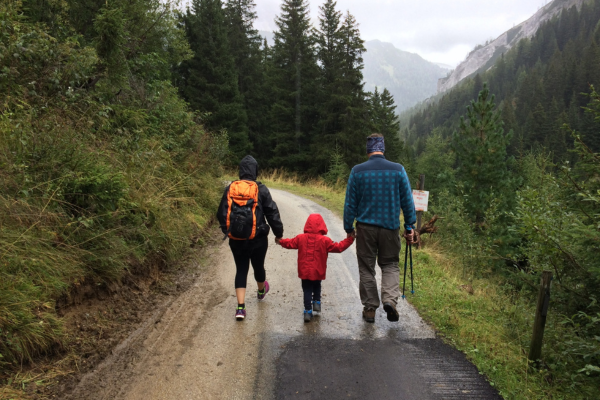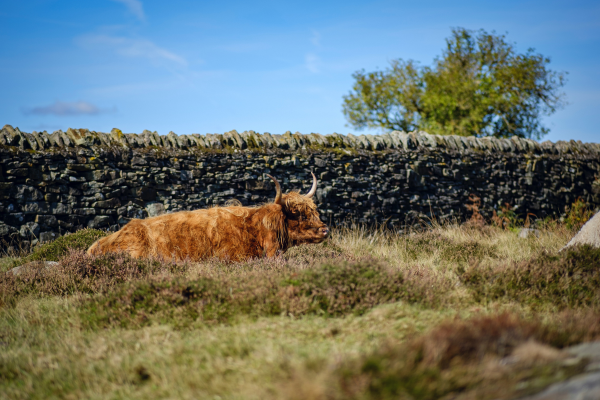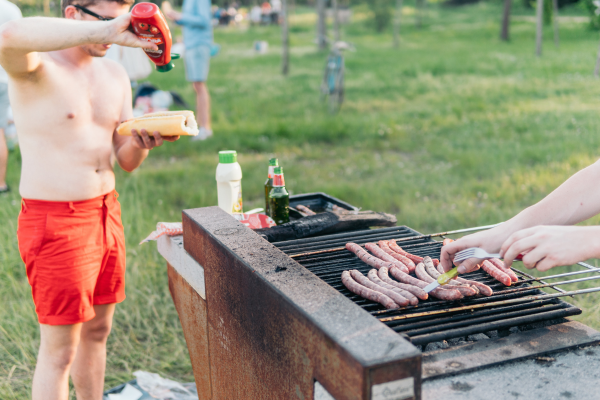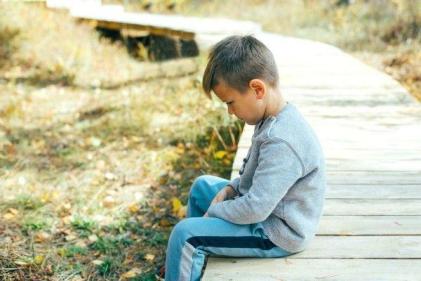Spring is well and truly upon us, which means it’s time to get back to nature!
In amongst the grey and rainy days, we can be blessed with some truly incredible weather that encourages us to get outside and back in amongst the greenery.
Luckily for us, we don't have to travel far to experience some magical wildlife. Safaris in South Africa and creatures in Australia’s Great Barrier Reef are spectacular, of course, but we also have some brilliant wildlife close to our doorstep!
In perfect timing, the travel experts at Comparethemarket have revealed the top 10 best places to spot wildlife in the UK, along with tips on how to enjoy wildlife responsibly.
From mesmerising horses and adorable squirrels, to majestic deers and the cutest otters, there are plenty of creatures that are available close by to us. Have a look through the list below, as well as reading the best tips on how to spot them safely:
1. Kent - Comes out on top with its abundance of bats, bisons, beavers and more!
2. Essex - In second place, Essex offers everything from swifts to barn owls.
3. Suffolk - This county has some beautiful nature reserves, which include the likes of rare birds and grey seals.
4. Dorset - The area is known for its preservation of animals, such as deer and hedgehogs.
5. Yorkshire - This countryside county hosts a wonderful variety of animals, including puffins and hares.
6. Cornwall - Rabbits, badgers and adorable ponies can all be found here!
7. Devon - On a border with Dorset, Devon also offers spectacular creatures, including bats and water voles.
8. Somerset - The county of Somerset offers even the most delicate of wildlife, such as the large blue butterfly and the great white egret.
9. Cumbria - Moles and wildcats can be found roaming the greenery of Cumbria, along with so much more!
10. Lincolnshire - Lastly, Lincolnshire houses a few unusual but fascinating creatures, such as mink and bitterns.
How to observe wildlife safely
Space and respect
Give every animal plenty of free space. Their behaviour can be unpredictable, especially when they are with their young. We don’t want to risk any injuries on your outing, either to yourself, your family members or the animals themselves. Also, do not feed any of the animals, as it can cause them harm.
Stick to marked paths
When you are out and about, stay on marked paths, even if they’re muddy, unless wider access is available. By walking in designated areas, you will help to protect crops and wildlife.
No litter and BBQs
If you plan on enjoying some food while you are out on your sightseeing journey, then be sure to take all of your litter with you before you go. Not only is leftover litter dangerous to the wildlife, but it also spoils its beauty for others. In terms of enjoying a BBQ, only light one in an area where signs clearly state that they are allowed. Always put your BBQ fire out before disposing of it, and make sure that the ashes are cold. Fires can be incredibly dangerous to wildlife at any time of year.
Keep dogs under control
If you want to bring your family dog along with you for the experience, then we would recommend researching the area first to double check if dogs are allowed. Some local areas have banned all dogs, except for assistance dogs, to keep wildlife safe, so it is important that you know the rules first before you go. If you are allowed to bring your dog with you, then make sure to always keep your pet away from the other wildlife. Many areas have rules where you must keep your dog on a lead for all or part of the year, so be sure to keep a lookout for signs stating so, and have a lead with you.







